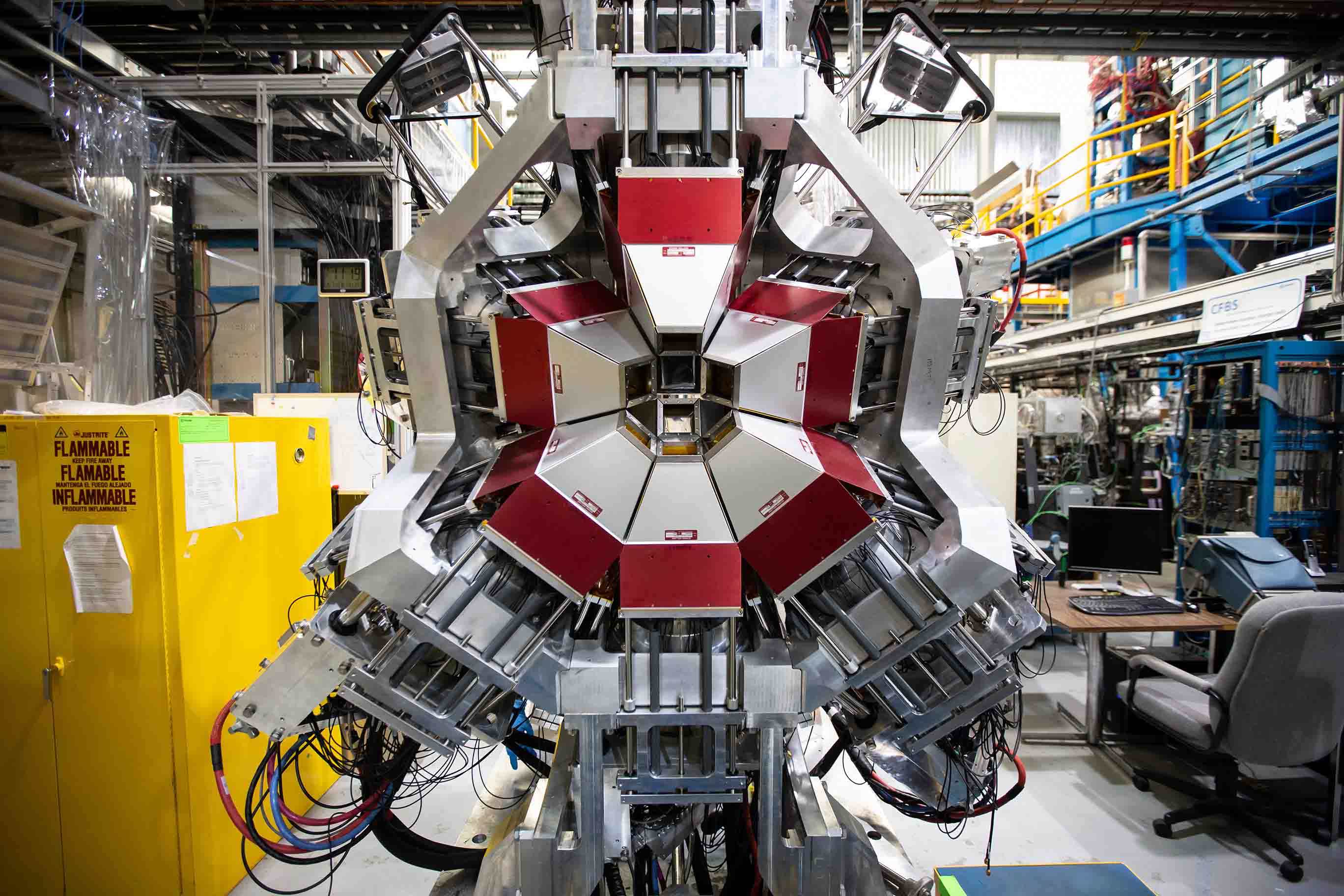Researcher Receives David Swanson Award for Work Powered by High Throughput Computing
November 25, 2025
Brandi Pessman, a postdoctoral researcher at the University of Nebraska–Lincoln, received the OSG David Swanson Award in June 2025. This award, established in honor of David Swanson and his contributions to the OSG and the high throughput computing community, is presented to a former student of the OSG User School who has subsequently achieved significant results empowered by distributed high throughput computing. Pessman’s research focuses on the effects of noise on the way spiders construct their webs and presented her work at Throughput Computing Week 2025, an annual event focused on throughput computing and the science it enables.

The genesis of Pessman research sprung from her move to the city for college, where she was struck by how noisy it was. Having grown up in a quiet, rural area, this change in environment informed her research, both as an undergraduate and graduate student. She began with researching cricket behavior, which led her down the path of learning how senses such as sight and hearing were affected by noise levels. But she was interested in digging deeper, to an area missing from the existing literature, which is how senses largely unique to animals might also be affected. She narrowed in her search to vibration, a sense which for some animals, is a primary source of information that they use to understand the world.
At the University of Nebraska–Lincoln, Pessman joined a lab conducting research on arachnids. Her research focused on funnel-weaving spiders, which create webs consisting of a “sheet,” where prey will be ensnared, and a “retreat,” where the spider waits to respond to the vibrations. Pessman designed an experiment where spiders from both urban and rural regions around Lincoln would be placed in a controlled environment, and exposed to differing levels of noise. The goal was to find how noise levels affected their web construction.

Pessman work led to 20 TB of video data, and 4,278 half-hour video clips. She found herself in need of a way to process all the data. First, she tried machine learning on her desktop computer, which caused it to crash. Then she tried machine learning with high performance computing. She combined the video clips, but kept hitting walltimes, the maximum amount of real time a computing workflow is allowed to run.
It was at this point that she discovered the OSG User School, an annual summer program for researchers who want to learn to use distributed high throughput computing methods and tools and supported by the National Science Foundation (NSF) funded PATh project. After attending the School in 2023, she leveraged the techniques and knowledge she learned there to create a training dataset that a computer could use to identify where the spider is, and track the rest of the video from there. She created a container to run a trained machine learning software model that could break the videos down and label them frame by frame. Now, she could send all the video clips to different computers simultaneously, and get the positions of the spiders for the entire video.
Pessman’s experiment yielded quick results. She determined that the spider collected from an urban environment and exposed to loud noise laid much more silk down in a shorter period of time, particularly around the spider’s retreat. She hypothesizes that this is out of an attempt to “turn the volume down” and make things a little quieter.
The computing knowledge and resources imparted by the OSG School took Pessman down a path toward solving a problem that had seemed insurmountable. CHTC facilitator Mats Rynge, who has worked closely with her, put it best: “watching Brandi grow into high-throughput computing has been incredibly rewarding. She came to the annual OSG User School with a large dataset and no clear path forward, yet over time built sophisticated machine-learning HTC workflows to train models and infer spider behavior from video. Brandi quickly became a true power user, and her work directly inspired the development of improved ML examples and capabilities within the OSG.”
